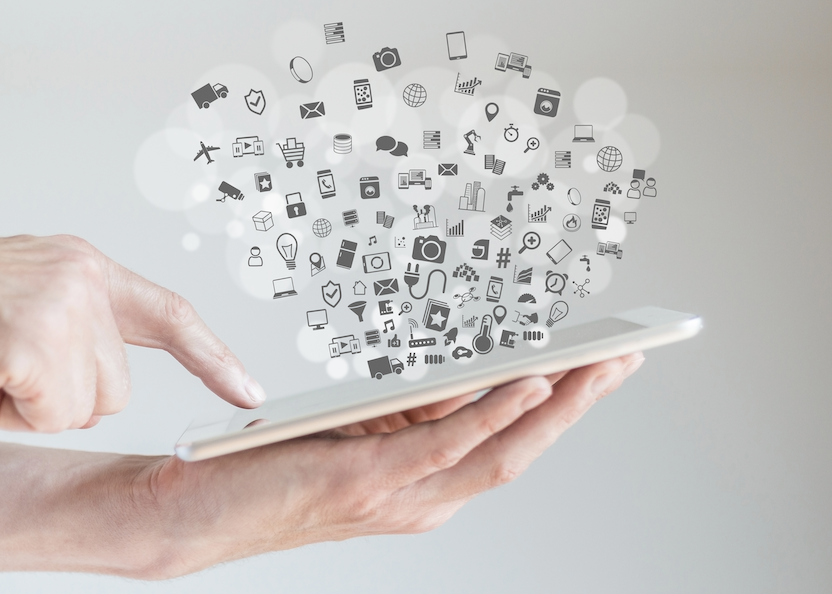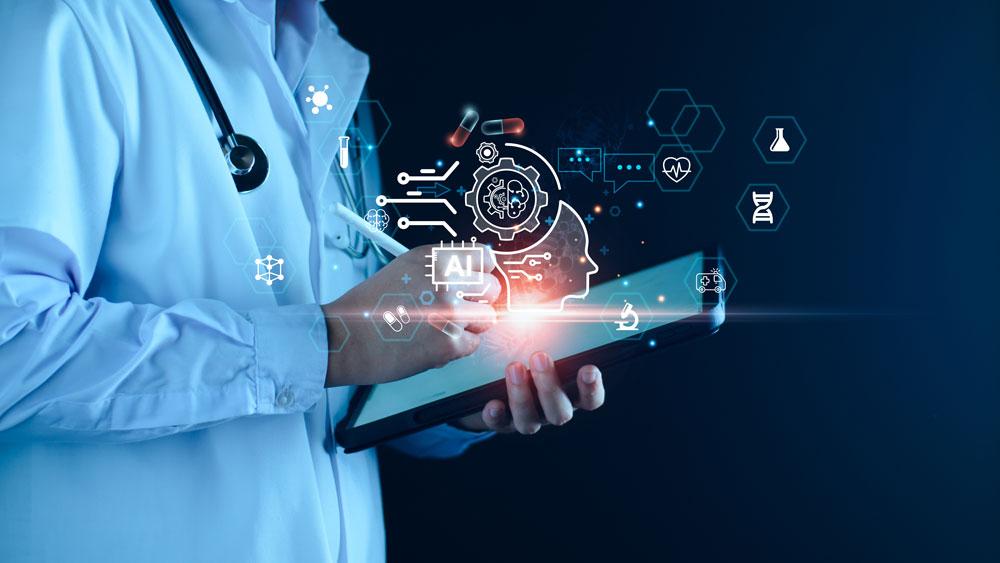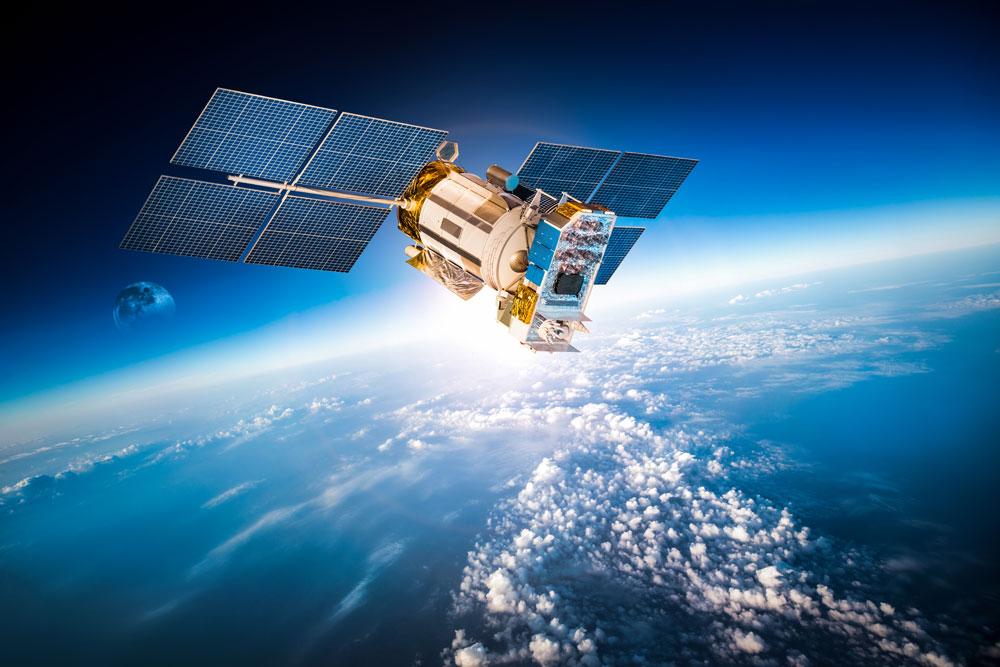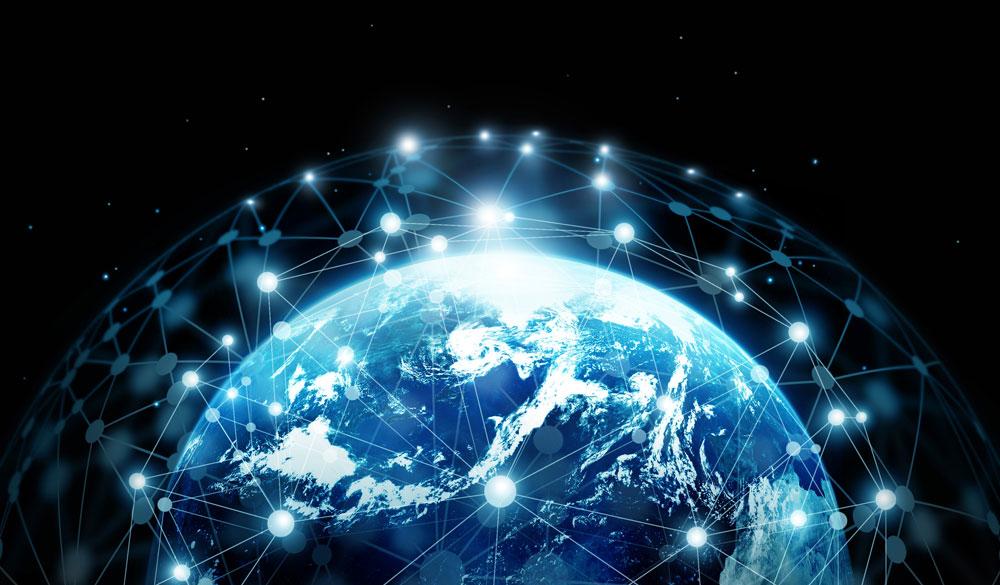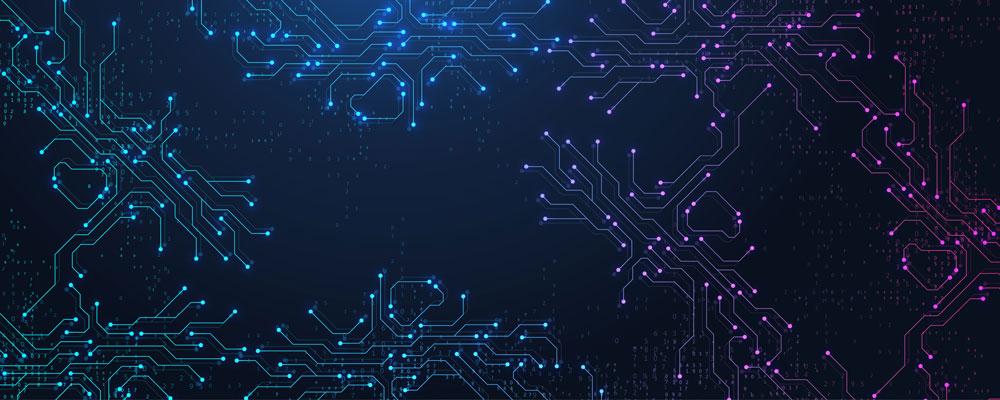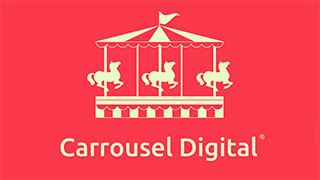Public sector organisations have the responsibility of ensuring the health, safety, and prosperity of large populations, yet are often bound by limited budgets. The IoT can help address this, writes Dora Mitter, Data Strategy and Insights consultant at Agilisys
We are leaving behind a radically transformative time for the public sector. Not that long ago, pen and paper remained the primary means of recording information. However, since the onset of the pandemic, many public sector organisations have accelerated their digital transformation programmes and achieved significant improvements in the maturity of organisational capabilities for digital and data.
These are exciting times. Over the coming months and years, we expect more public sector organisations to harness the potential of these enhanced capabilities and work with some of the most advanced technologies and analytical techniques to transform service provision and improve the lives of citizens.
Helping citizens
Surely, the biggest data and analytics trend right now and one that will continue for years to come is the Internet of Things (IoT). And for good reason. The IoT enables organisations to collect and integrate data from various internet connected devices, or “things” with sensors, and automatically apply analytics to them. Because IoT platforms can pinpoint exactly what information is useful and what can safely be ignored, it negates the need for human intervention. This can reduce time to action and improve understanding of what interventions will help citizens.
The IoT can be used to detect patterns, make recommendations, and detect possible problems before they occur. The move towards an inter-connected IoT is staggering. IoT Analytics expects the global number of connected IoT devices to grow 18 per cent, to 14.5 billion active endpoints this year. IoT technology has penetrated in each and every field of the public sector, from healthcare to public safety. Local authorities are even using IoT devices to reduce the loss suffered from various natural disasters, such as floods and fires, by predicting the threat before it occurs. The global public sector IoT market continues to rise and was expected to reach 17.4 billion US Dollars last year; buoyed by usage of the technology within outdoor surveillance, traffic management and city asset tracking among others.
Data is king
With the IoT, data comes to the fore. Here, data is king. Public sector organisations can use this real-time data to render immediate services and track resources – such as staff and assets – throughout their authority. It is a paradigm shift. Whilst the IoT may seem more suited to younger citizens, this is a misnomer. In fact, some of the most interesting use cases are for elderly citizens. For example, the IoT can be used to ensure elderly citizens can continue to receive their care in the comfort of their own home. The fact that IoT allows a constant tracking of their health conditions without any major disturbance to their daily life is a big plus for them.
Data brings intelligence. Through the IoT, digital leaders in the public sector have more information available to them than ever before. Think of adult social care. By using data, and working as part of an integrated care system, healthcare professionals can understand what the demand is going to be for each and every patient. They can better know who ‘Molly’ is, when she’s likely to hit the system and what support she’ll need. They can also ascertain who is best placed to support her, and what in-home technology solutions to assist in her care. With limited budgets, public sector organisations need to think about how technology can help effectively optimise the entire value chain. Through the power of the IoT, data is coming to the fore. Real-time monitoring systems and connected devices can be leveraged to gather extensive data. In many ways, it is safety in numbers. The more data the organisations has, the more effective its decision making. Underpinned by AI (Artificial Intelligence), the IoT is revolutionising citizen services and minimising errors. Plus, it is improving functional efficiency and benefitting outcomes.
A key opportunity
Continuing the adult social care example, through the IoT, an authority can theoretically reduce the number of adult social care workers. With sensors, IoT, video technology and automation transforming work, the skills needed in teams will shift dramatically. I see this as a key opportunity. It’s very hard to get hold of good social care staff, but if these can be replaced by data specialists and home tech specialists, it shifts the narrative and can deal with a wider range of challenges such as isolation, dementia etc.
Public sector organisations have the responsibility of ensuring the health, safety, and prosperity of large populations, yet are often bound by limited budgets and a small supply of personnel. The IoT can bring them the panacea they are hoping for. The public sector can use the technology to ensure the smooth functioning of routine everyday activities, whilst focusing on long-term, demanding projects that will have maximum benefit to citizens.
